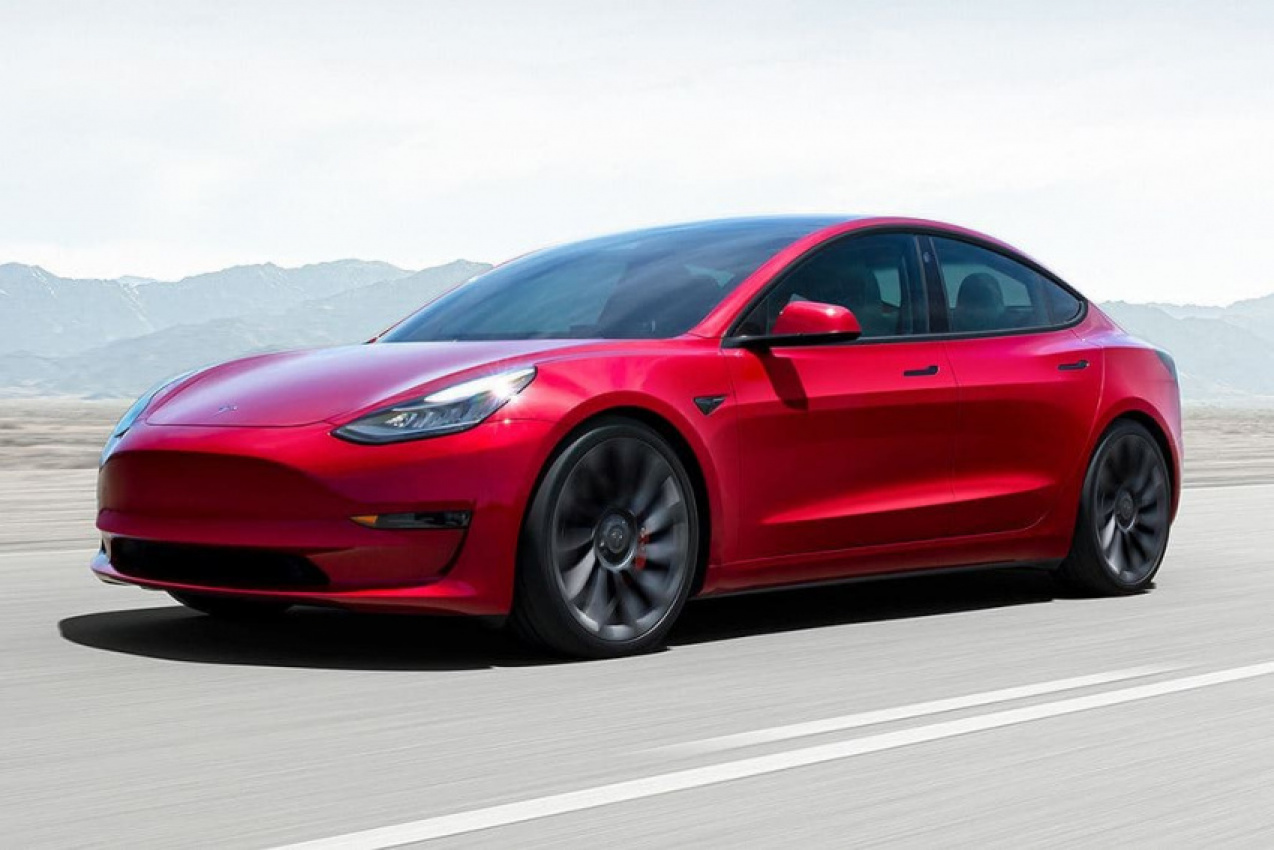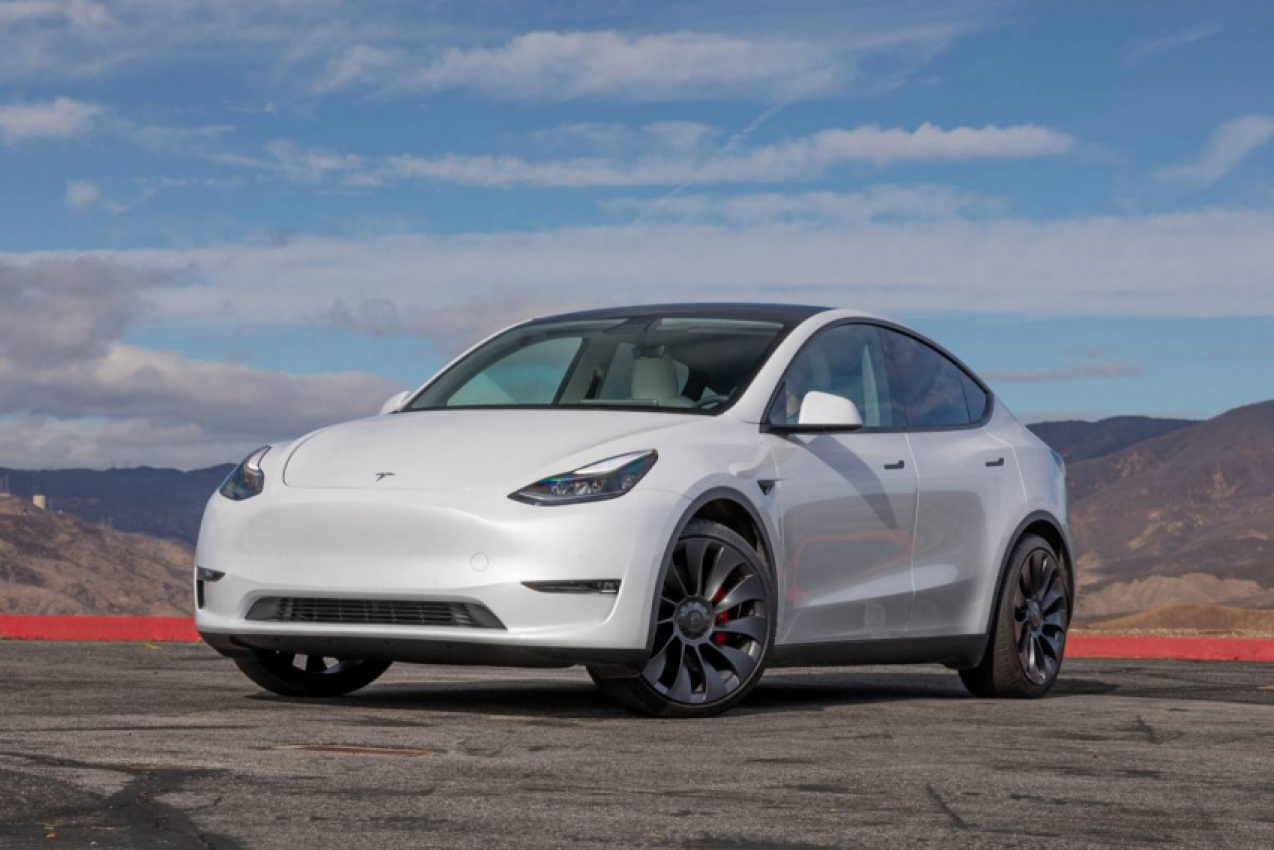Tesla has increased the prices of every model. After the increase, the cheapest Tesla Model 3 with rear-wheel drive, now costs $46,990 before taxes and fees, a jump of $2,000.
CEO Elon Musk tweeted that the company is “seeing significant recent inflation pressure in raw materials and logistics.”
Both nickel and cobalt are key elements in the lithium-ion batteries used in EVs and their prices have skyrocketed recently.
Tesla says it is researching even higher-nickel batteries that would reduce its dependence on cobalt, and if the nickel market returns to normal, that might be a smart path to get on.

However, normal times don’t seem to be coming very soon. The Russian invasion of Ukraine has increased nickel prices massively.
Owing to high prices, the London Metals Exchange (LME) halted trading for several days. The moves have disrupted the global market, with nickel now trading in Shanghai at just under $40,000 per metric ton. That’s less than on the LME but still about double what nickel went for at the start of the year.
Cobalt prices on the LME are also up about 20 percent this year to over $80,000 per metric ton, nearly triple what they were a year and a half ago. The market for cobalt is highly concentrated. The majority of raw ore comes from the Democratic Republic of Congo, and about two-thirds of the world’s cobalt refining happens in China.

Some economists believe that the rise in prices is due to the pandemic problems related to labor.
While Tesla doesn’t disclose its pricing strategy, the company has made it quite common to raise prices on its sedans and crossovers as its order backlog continues to stretch months into the future.
In addition to hitting the least expensive Model 3, the most recent increase drove up the base price of a Model Y by $2,000 to $62,990. The high end of the range saw even steeper increases, with the base Model S up $5,000 to $99,990 and the base Model X up $10,000 to $114,990.


